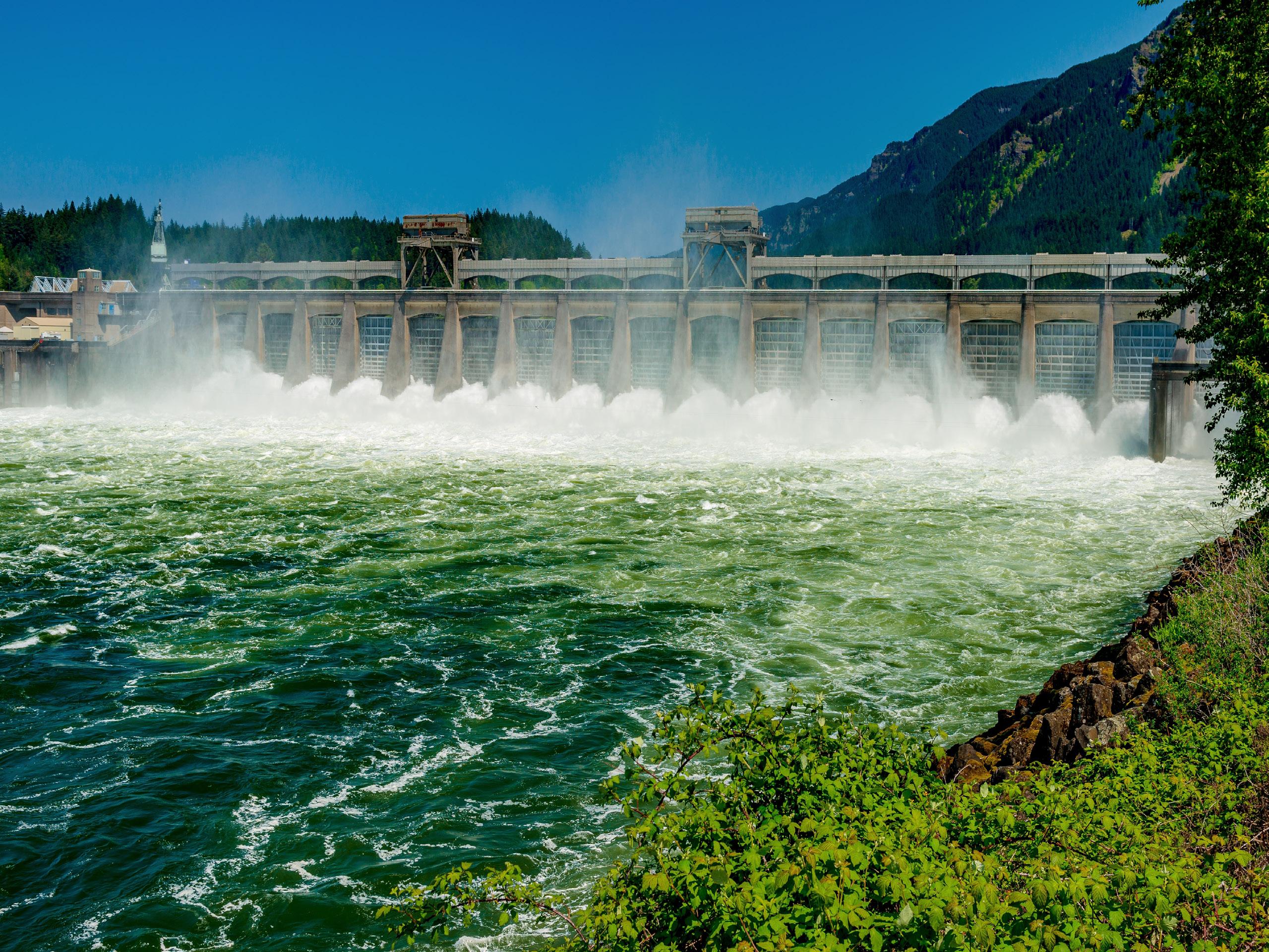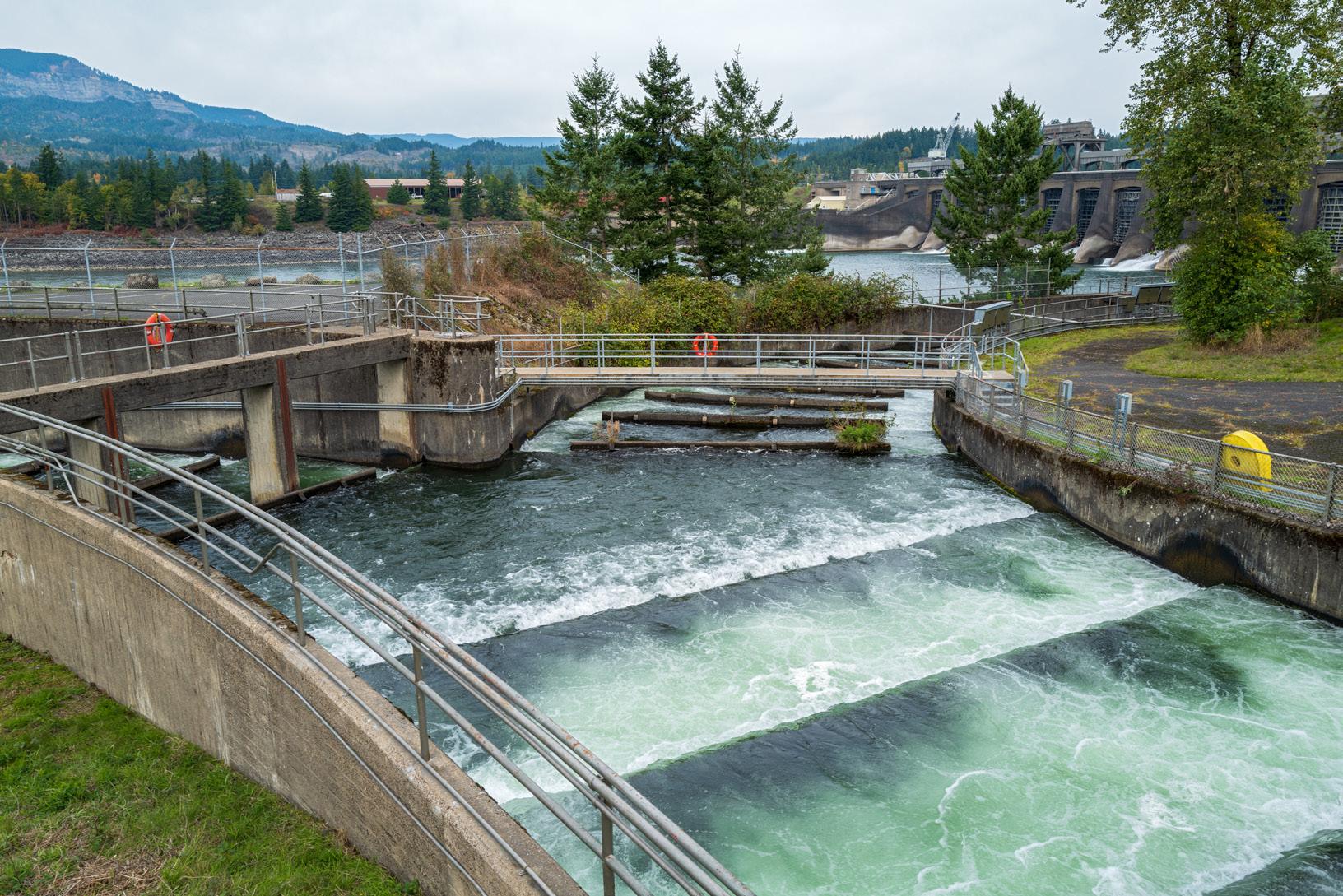
3 minute read
INLAND NAVIGATION INFRASTRUCTURE
The United States Army Corps of Engineers (USACE) Civil Works (CW) program manages a collection of assets that is worth around $250 billion. USACE aims to employ asset management techniques to effectively operate and maintain these physical assets, such as locks, dams and waterways.
A team at the University of Arkansas is collaborating with the U.S. Army Engineer Research and Development Center (ERDC) to identify appropriate metrics for asset management and to develop a line-of-sight model using decision model with multiple objectives. The primary focus is on the Inland Navigation assets, which include locks and dams that support cargo transportation and recreational navigation through U.S. inland waterways. The ultimate objective of the project is to provide the USACE with a value model that would enable better tradeoff decisions for each asset business line and create a model that can be used across all the assets they manage.
To achieve this objective, the team began by focusing on Inland Navigation (e.g., Locks and Dams) and created a decision model with multiple objectives. They identified the metrics with the greatest increase in value from additional funding, created value curves for these metrics, and assigned weights using a swing weight matrix. Generally, the value curves are 2-D since they capture the measurement of the metric and assign value to the metric measurement. An example of this would be consequence, it is measured from 1 (high consequence) to 5 (low consequence).
Taking this information, the team then assigned value to the measurement, 1 being the highest consequence is assigned 100 and 5 being of the lowest consequence is assigned 0. One of the most unique value curves is condition since it captures both the current fiscal year and future outlook for condition. The team named this newly created metric ‘Condition Improvement,’ and the subsequent value curve was 3-D.
As proof of concept for this model, they used the top ten locks and dams that required the most funding in a particular year. After performing optimization with Excel Solver, the team identified and assigned the highest weight to the metric ‘Condition Improvement,’ as it best demonstrates the impact of funding repairs to locks and dams. This decision was based on the understanding that the condition of locks and dams significantly influences other metrics. For example, when the asset’s condition is poor, it might lead to a decrease in the Level of Service and an increase in overall risk. Thus, prioritizing ‘Condition Improvement’ ensures that investments in maintenance yield the most significant positive outcomes. After determining the weighted values for all metrics, the team plotted the values in a cumulative value curve, illustrating the cost versus value relationship for investments in the maintenance of locks and dams.
The research aims to make informed decisions, effectively prioritize the allocation of limited funding, and optimize the utilization of resources for maintaining and enhancing USACE’s Inland Navigation infrastructure.











